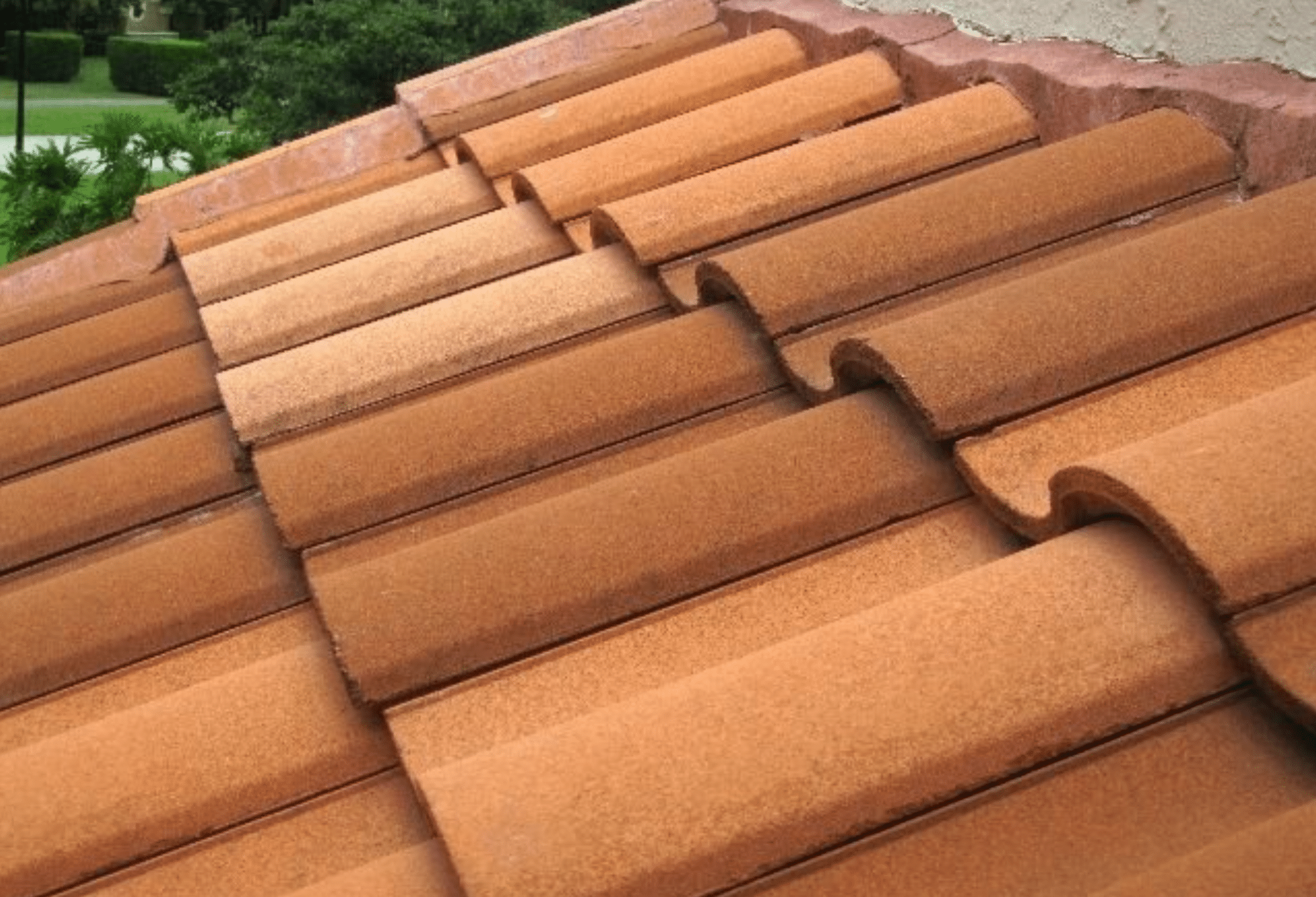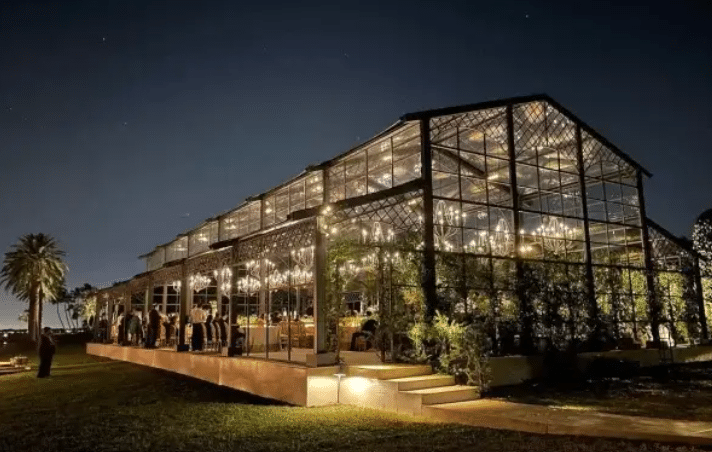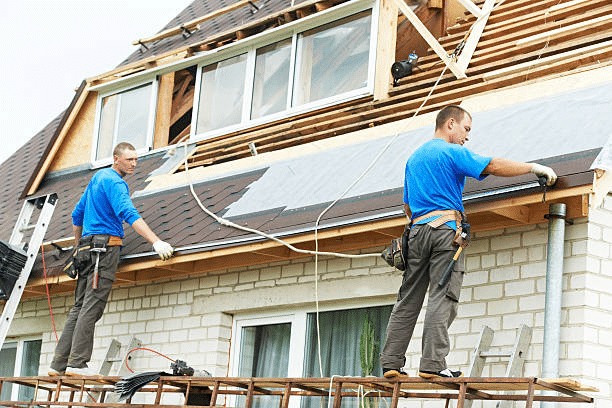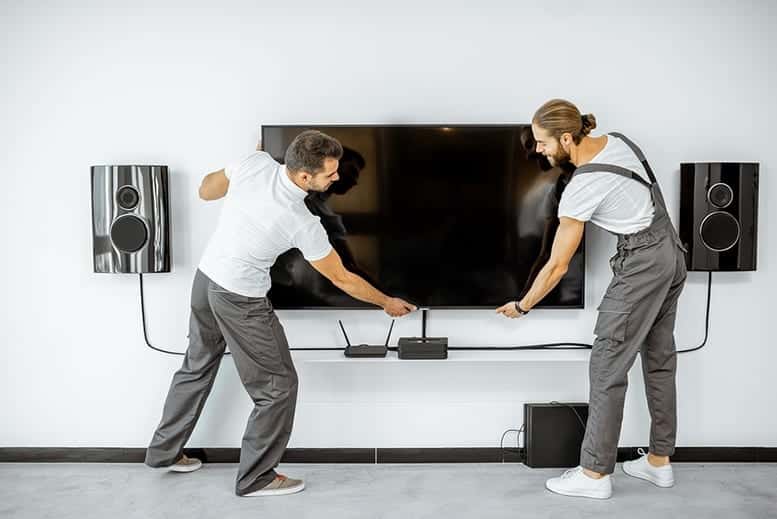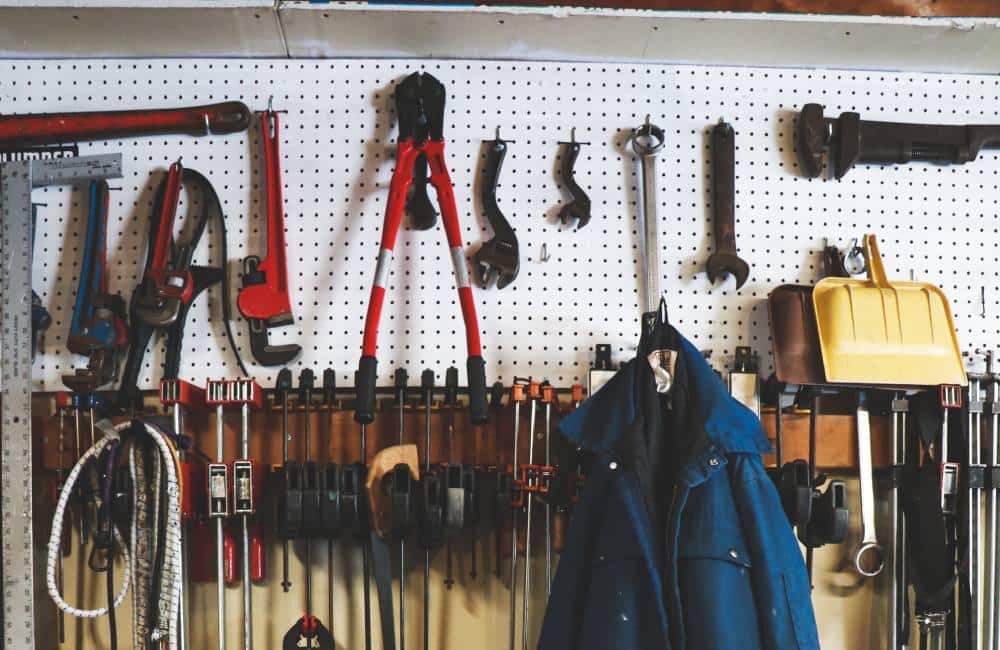The Pros and Cons of Different Roofing Styles: Which One is Right for You?
When it comes to roofing, the style you choose can significantly impact your home’s aesthetics and functionality. Different roofing styles offer unique features and characteristics that cater to various architectural preferences, climate conditions, and personal tastes. To help you make an informed decision, we’ll explore the pros and cons of some popular roofing styles, helping you find the one that suits your needs.
The Importance of Knowing Your Roofing Options
When deciding on the right roof for your home, you must explore your options and weigh their benefits against each other. A variety of popular roof styles are available, each offering different advantages and disadvantages that must be considered when making a choice. Understanding these pros and cons can help you determine which style is best suited to your needs.
You can always seek professional advice from roofing experts or contractors. Companies like Mighty Dog Roofing can help you decide on the most suitable roof design for your home and ensure its installation is done correctly.
Types of Roofing Styles
1. Gable Roof
It is one of the most popular roofing styles, as it easily sheds water and snow. A gable roof also offers adequate ventilation while not being overly complicated to install. Gable roofs are ideal for areas with moderate climates that do not receive too much rain or snowfall.
Pros:
- Excellent Water Drainage: The steep pitch of gable roofs ensures efficient water drainage, making them suitable for rainy climates.
- Ample Attic Space: Gable roofs provide ample attic space, which can be utilized for storage or converted into living space.
- Classic Aesthetic: The triangular shape of gable roofs is a classic and timeless design choice that complements various architectural styles.
Cons:
- Susceptible to High Winds: Gable roofs can be vulnerable to wind damage during hurricanes or storms if not adequately braced.
- Limited in High Snow Areas: The steep pitch can cause snow buildup, which may lead to structural issues if not cleared.
2. Hip Roof
It is a variation of the gable roof, with four sides that all come together at the top. A hip roof is more stable than a gable roof and can withstand high wind loads better. It’s also great for frequent snowfall areas since the reduced pitch helps prevent snow buildup.
Pros:
- Stable Design: Hip roofs are known for their stability and ability to withstand high winds and heavy snow loads.
- Aesthetically Pleasing: The low slope and gentle lines of hip roofs offer a balanced and pleasing appearance.
- Efficient Ventilation: The four slopes of hip roofs provide natural ventilation, helping to regulate indoor temperatures.
Cons:
- Complex Construction: The complex design of hip roofs can make them more expensive to build compared to simpler styles.
- Less Attic Space: The sloping sides of hip roofs can result in limited attic space compared to gable roofs.
3. Flat Roof
It looks like it sounds – a flat roof with minimal or no pitch to shed water. Flat roofs are popular in commercial buildings and some residential homes, especially in areas that don’t experience heavy rain or snowfall.
Pros:
- Utilizable Space: Flat roofs can be transformed into usable outdoor spaces like rooftop gardens or lounges.
- Easy Maintenance: Flat roofs are easier to access and maintain, as there’s no need for steep angles or difficult-to-reach areas.
- Modern Aesthetic: Flat roofs offer a modern, minimalist aesthetic that complements contemporary architectural designs.
Cons:
- Drainage Challenges: Proper drainage is essential for flat roofs to prevent water pooling, leaks, and potential damage.
- Prone to Leaks: Flat roofs can be more susceptible to leaks and water infiltration without proper installation and maintenance.
4. Mansard Roof
It is a variation of the hip roof with two slopes on all four sides. The lower slope is usually much steeper than the upper one, creating additional living space in a home’s attic or top floor. It’s primarily used in European-style homes and older buildings due to its classic look.
Pros:
- Extra Living Space: The steep slope of a mansard roof allows for additional living space or attic rooms.
- Architectural Versatility: Mansard roofs are versatile and can complement various architectural styles, from traditional to modern.
- Visual Appeal: The unique design of mansard roofs adds character and visual interest to a home.
Cons:
- Costly Construction: The complex design of a mansard roof can result in higher construction costs compared to simpler styles.
- Maintenance Challenges: The multi-level design can make maintenance and repairs more challenging.
5. Gambrel Roof
A variation of the gable roof, a gambrel roof features two slopes on each side, with one being much steeper than the other. It’s commonly used in barns and sheds due to its large overhead space and efficient drainage.
Pros:
- Ample Space: Similar to the mansard roof, the gambrel roof provides extra living or storage space in the attic.
- Classic Barn Aesthetic: Gambrel roofs are reminiscent of traditional barns and can bring a rustic charm to your home.
- Enhanced Ventilation: The steep upper slope of the gambrel roof allows for efficient ventilation.
Cons:
- Vulnerability to Wind: The steep angles of the gambrel roof can make it vulnerable to wind damage if not properly constructed.
- Limited in Snowy Areas: Like other roofs with steep slopes, the gambrel roof may accumulate significant snow loads.
6. Skillion Roof
Also known as a lean-to roof, the skillion roof style is a more simplistic design, with the roof only having one flat surface that is sloped. Skillion roofs are generally a cheaper option and are often times used in external structures, such as sheds, garages, and some barns.
Pros:
- Cost: Skillion roofs are very simple to design and construct, and their simple structure makes for a cheaper roofing option
- Simple Addition: Their easy-to-build and lean-to design makes Skillion roofs a great choice for adding to a home.
Cons:
- Loss of Storage Space: The sloped nature of the Skillion roof limits the access and space available in an attic for storage
- Wind Can Be a Problem: As you can imagine, a Skillion roofs slope can act as a sail, creating issues for anyone living in a high wind or tornado-prone region.
7. A-Frame Roof
Similar to the last style, an A-frame house is essentially two Skillion roofs connected at their peak, creating a triangular structure, or an “A” shaped frame. This roofing style is very popular in areas with high snowfall.
Pros:
- Weather Resistance: It makes sense that A-frames are popular in the North-Eastern and North-Western states, as their sloped angles are extremely resistant to snow, rain, and most inclement weather.
- Cost: The simplistic design of an A-frame roof allows for a generally cheaper end cost, allowing the homeowner to reallocate any extra funds back into the house.
- They’re Trendy and Stylish: Nothing catches your eye from the road more than an A-frame home. This roofing style offers a unique home look and adds a flair of personality to the structural design.
Cons:
- Interior Issues: While an A-frame is a beautiful option when looking at the exterior, the design can make for a serious headache when it comes to the high ceiling and empty, open space.
- HVAC Efficiency: An A-frame home will likely have a very high ceiling, and as you know, heat rises. For this reason, an A-frame is not the most efficient option regarding HVAC costs.
8. Bonnet Roof
A variation of the Hip roof style, the Bonnet roof style is a four-sided, sloped roof that features a ledge all along the bottom of the roof. This ledge, or overhang, can vary in shape and size, but is a staple of any bonnet roof
Pros:
- Benefits of Ledge: Having the added ledge creates a shaded area that runs the length of the homes exterior, helping create a comfortable deck space or shade a portion of the yard
- Attractive Design: With the added overhang, Bonnet roofs add a little extra flare beyond a traditional Hip roof style and give the home more of a personality.
Cons:
- Cost: With the added features, a Bonnet roof is going to cost more than its simpler counterpart, the Hip roof.
- Complexity = Concerns: With a Bonnet roof having more seams and changing in degrees of slope, there is a greater chance that water or material build-up can potentially cause leaks.
9. Pyramid Roof
Yet another style of Hip roof, the Pyramid roof design is a combination of 4 triangular sides of the same slope, all meeting at one central point of the roof. This differs from a traditional hip, where there is a seam that will run along the top of the roof where the 4 sides meet.
Pros:
- Weather-Resistant: With the Pyramid roof having 4 identical, flat, sloped sides, snow and rain stand no chance. Wind is also not an issue with this style.
- Unique Design: This roofing style is a little more unique and less used, so it is a great way to add some flare to a property or make it stand out.
Cons:
- Cost: With any style that is less used and more unique, the cost typically runs high as well. The design and layout of a Pyramid roof makes it a costly option
- Interior Design Concerns: Again, similar to some of the other options, the awkward shaping of the roof can pose some issues when it comes to making the most of the interior spaces.
10. Dutch Gable Roof
The Dutch Gable roof is a product of combining features from both a Hip and a Gable roof. The style can be described starting at the base of the roof as a typical hip roof, with 4 sloped sides. Near the top of the hip style, the roof transitions into a more Gable design, creating a seam at the uppermost section of the roof. This style is favorable for its beautiful appearance, but its intricate design can cause a roof replacement and general repair and maintenance to be more difficult.
Pros:
- Beautiful Design: Dutch Gable roofs can add a special kind of design note to a home that can really make it stand out. The style is highly sought after and is used in some of the more high-end properties across the country
- Attic Space: The unique design of a Dutch Gable allows for additional attic space, yet another way this style can bring value to a home.
Cons:
- Cost: As you might expect, such a desirable and beneficial option will come at a higher cost. The unique design makes for a more complicated installation.
- Potential for Leaks: As we have discussed, more complicated roof styles, such as the Dutch Gable, have more seams and as a result, are more prone to leaking.
Conclusion
Choosing the right roofing style involves carefully considering both practical and aesthetic factors. Each roofing style has advantages and drawbacks, so weighing them against your specific needs and preferences is essential. Whether you prioritize stability, visual appeal, or utilization of space, there’s a roofing style that suits your requirements. Consulting with a professional roofing contractor can provide valuable insights and help you make an informed decision that enhances the beauty and functionality of your home for years to come.

